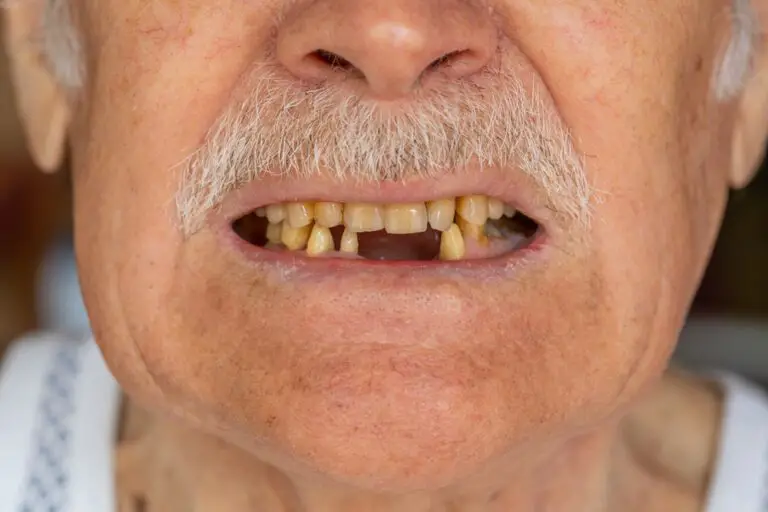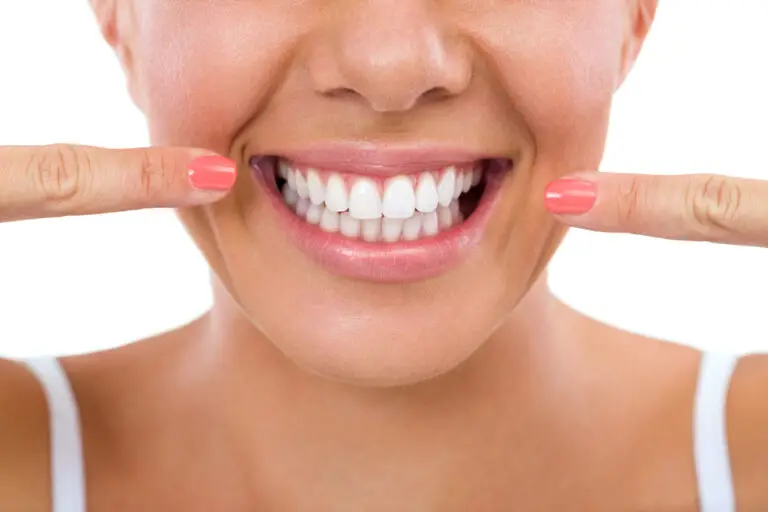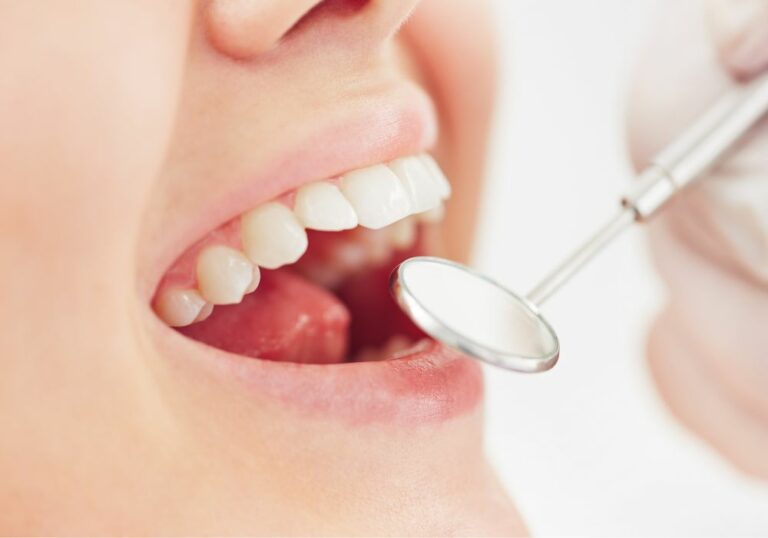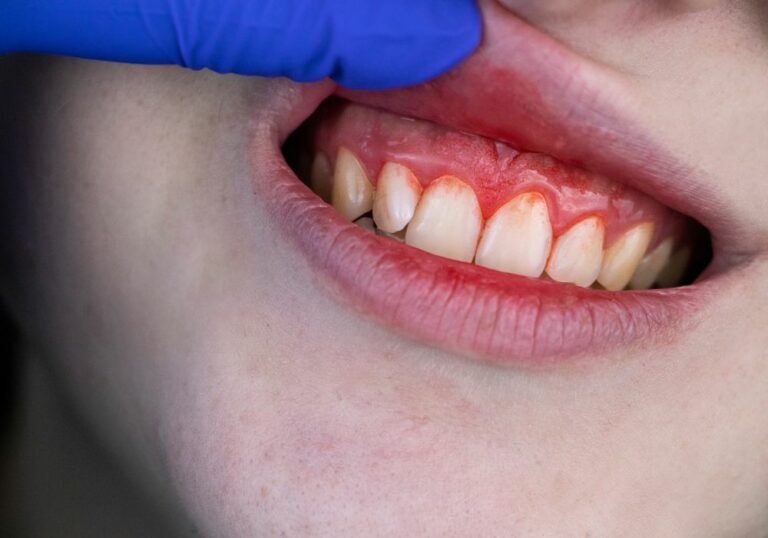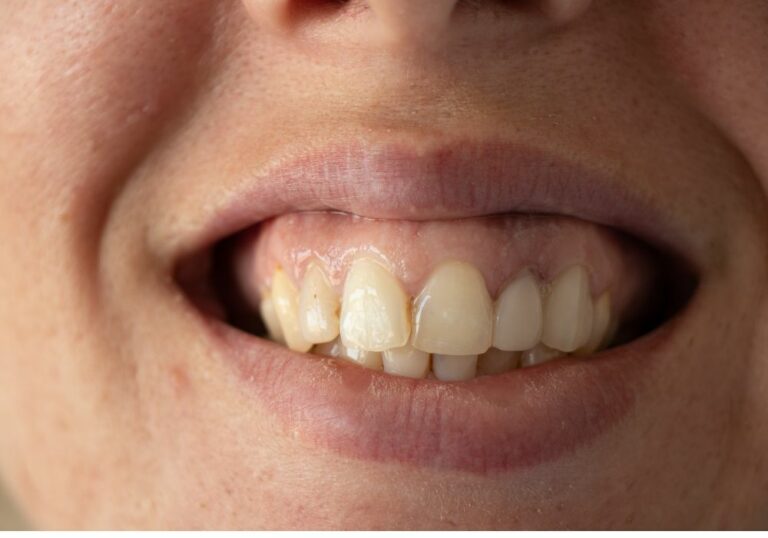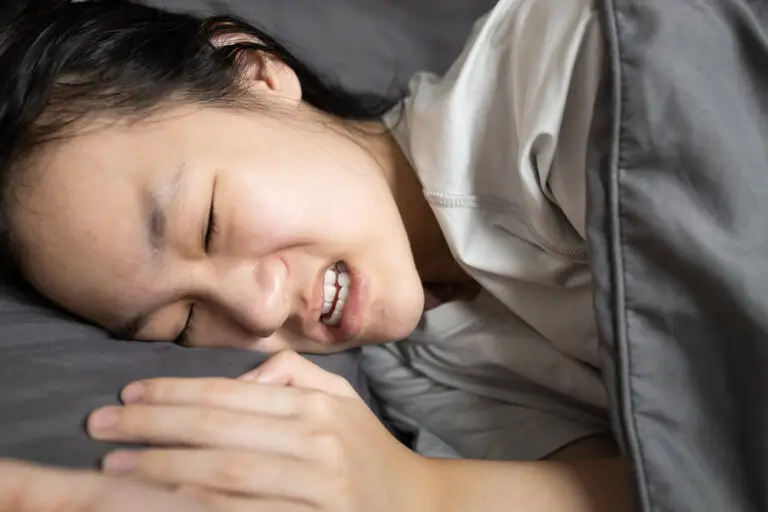Losing baby teeth and getting permanent teeth is an important part of growing up. Baby teeth, also called primary teeth or deciduous teeth, serve an important purpose in helping kids chew, speak and smile. They also hold space in the jaws for permanent teeth that are developing under the gums.
Baby teeth typically begin to loosen and fall out around age 6. This makes room for the permanent, adult teeth to erupt. Most kids have lost all of their baby teeth by age 12 or 13.
So how long can you actually keep those tiny baby teeth after they fall out? Here is what parents should know about saving baby teeth.
When Do Babies Start Teething?
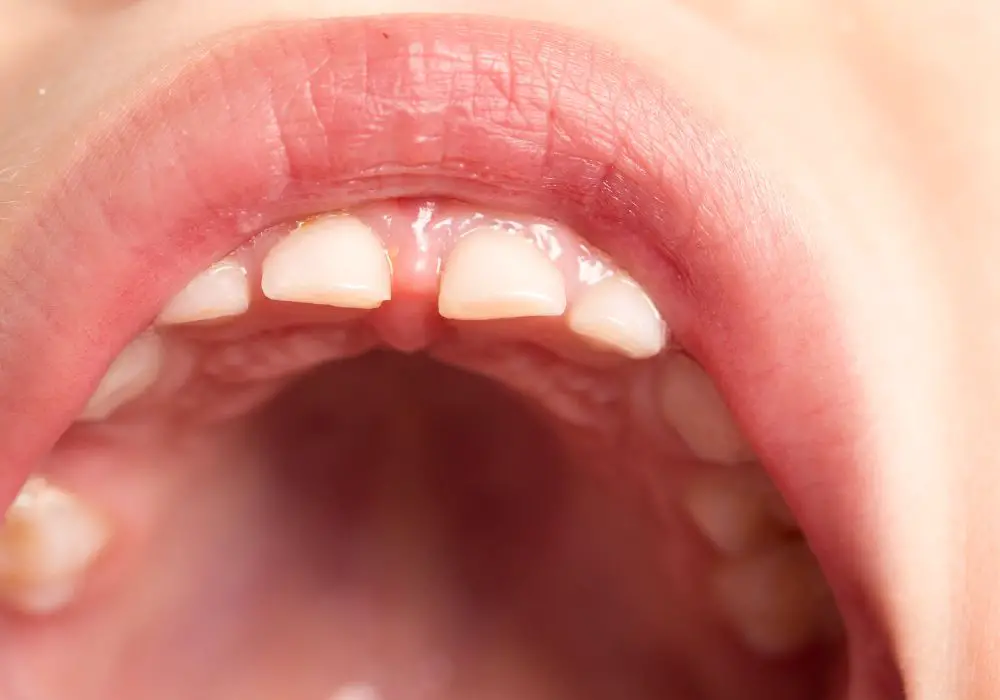
Knowing when to expect those first baby teeth can help parents prepare. Teething is the process by which babies’ teeth first break through the gums.
The timing of getting baby teeth varies from child to child. In general:
- First tooth: Between 4-7 months
- All 20 baby teeth: By age 3
However, some babies are early or late teethers. It’s common for the first tooth to emerge anytime between 3-12 months. Premature babies or those with certain syndromes may get teeth slightly later.
Teething can be an uncomfortable process for some babies. The swollen gums are tender. Signs of teething include:
- Increased drooling and damp cheeks
- Desire to chew on toys or fingers
- Irritability, fussiness, crying
- Trouble sleeping
- Red, inflamed gums
- Decreased appetite
Gently massaging the gums with a clean finger or moist gauze can help relieve discomfort. Chilled (not frozen) teething rings, toys and pacifiers are gentle on sore gums. Over-the-counter pain relievers like acetaminophen can temporarily ease teething pain with a doctor’s guidance.
Key takeaway: Most babies get their first tooth around 6 months old, but emergence timing varies. Teething symptoms like fussiness and sore gums can be soothed with massage, cool toys and medication.
When Do Baby Teeth Fall Out?
Baby teeth are gradually lost as kids grow, making way for permanent teeth. The first baby teeth to go are typically the lower front teeth (lower central incisors). This creates space for the permanent lower front teeth to erupt.
Here is the general timeline for shedding baby teeth:
Age 6-7 years
- Lower front teeth (central incisors)
- Upper front teeth (central incisors)
These front 4 teeth are often loosened by wiggling and playing with the tongue. Kids start to develop an adult-like appearance as the permanent central incisors come in.
Age 7-9 years
- Lower lateral incisors
- Upper lateral incisors
- Lower first molars
- Upper first molars
The lower lateral incisors and upper lateral incisors (next to the front teeth) are typically the next baby teeth to fall out. Around the same time, kids usually lose the lower and upper first molars in the back.
Age 9-12 years
- Lower canines (cuspids)
- Upper canines (cuspids)
- Lower second molars
- Upper second molars
Between ages 9-12, the upper and lower canine teeth loosen and fall out. The lower and upper second molars are also shed during this time.
Key takeaway: Baby teeth generally fall out between ages 6-12, with the front teeth coming out first. But tooth loss timing varies between kids.
What Order Do Permanent Teeth Come In?
As baby teeth are shed, permanent teeth begin to take their place. The first permanent teeth come in around age 6 in most kids. Some kids may get them slightly earlier or later. The full set of 32 permanent teeth is usually complete between ages 12-13.
Here are the usual eruption times for permanent teeth:
Age 6-7 years
- Lower central incisors
- Upper central incisors
The lower and upper permanent central incisors are the first to erupt. These permanent front teeth replace the baby central incisors that fall out.
Age 7-8 years
- Lower lateral incisors
- Upper lateral incisors
- Lower first molars
- Upper first molars
Next, the lower and upper permanent lateral incisors emerge alongside the baby lateral incisors. Around the same time, the permanent lower and upper first molars erupt behind the baby first molars.
Age 9-10 years
- Lower canines (cuspids)
- Upper canines (cuspids)
- Lower second molars
- Upper second molars
The lower and upper permanent canine teeth come in to replace the fallen baby canines around age 9-10. Also during this time, the permanent lower and upper second molars emerge.
Age 11-13 years
- Lower third molars (wisdom teeth)
- Upper third molars (wisdom teeth)
The last permanent teeth to erupt are the third molars, or wisdom teeth, between ages 11-13. They emerge at the very back of the mouth.
Key takeaway: Permanent teeth erupt in the same order that baby teeth fall out, starting with the front teeth around age 6-7. The full set is complete around age 12-13.
Why Save Baby Teeth?
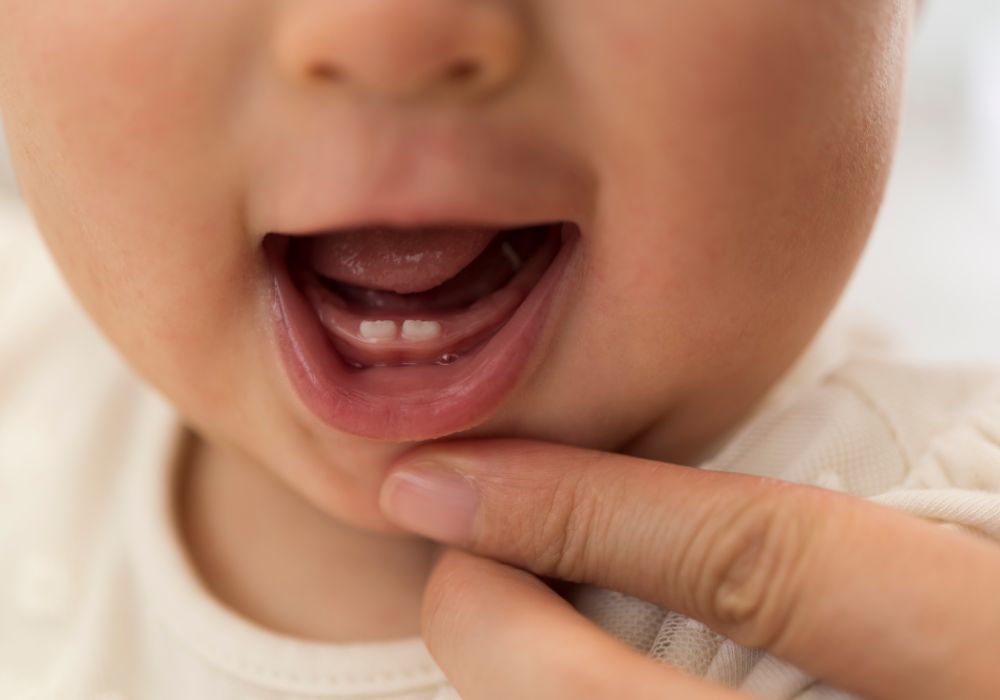
Losing those first baby teeth is an important childhood milestone. Some parents may want to save baby teeth when they fall out as mementos or for other reasons.
Here are some of the primary reasons people choose to keep baby teeth when they come out:
Sentimental Value
Baby teeth often have special emotional significance for parents and grandparents. Saving fallen-out teeth can be a way to preserve babyhood memories.
These little teeth represent a child’s first smiles and steps towards independence. They are among the first lost body parts children experience.
Keeping baby teeth is a tangible connection to the precious early childhood years. Parents may cherish them just like bronzed baby shoes or first curls from a haircut.
Arts and Crafts
Baby teeth can become unique arts and crafts keepsakes. Companies offer jewelry, ornaments and other items using extracted children’s teeth.
Parents can also get creative and make their own mementos using baby teeth, like:
- Necklaces or bracelets featuring the teeth
- Picture frames decorated with teeth
- Art collages or sculptures with the teeth
- Ornament keepsake boxes to hold the teeth
- Keychains made with a baby tooth attached
Using baby teeth for arts and crafts transforms them into forever treasures. The teeth gain new life as jewelry, artwork or home decorations.
Education
Preserved baby teeth can serve as useful educational tools. Parents can show kids the differences between primary and permanent teeth using their own teeth.
A set of baby teeth provides a hands-on way for kids to learn about:
- Tooth anatomy – the crown, enamel, dentin, pulp and roots
- Tooth development from childhood to adulthood
- Proper oral hygiene for both baby and permanent teeth
Dentists may also use extracted baby teeth to educate kids at schools or dental visits about cavities, the importance of lost teeth, and tooth structure.
Identification
While rare, saved baby teeth could potentially help identify remains if needed. Dental records are useful for forensic identification and criminal investigations.
If a person has radiographs showing unique characteristics of their baby teeth, it can provide childhood dental records. Also, having an actual baby tooth specimen from that individual makes identification more reliable since the deciduous tooth can be directly matched to dental x-rays.
Most people will never need baby teeth for ID purposes. But some parents save teeth as a precautionary measure, similar to storing a child’s DNA.
Research
Scientific researchers are sometimes interested in studying extracted baby teeth. The teeth may be examined and tested to gather information useful for advancing dental science.
Reasons research projects may want baby teeth include:
- Studying impacts of environmental exposures like lead
- Investigating dietary influences on tooth formation
- Looking for developmental disease markers
- Testing effects of treatments like fluoride
- Advancing knowledge about tooth development and pediatric disorders
Families can choose to donate children’s teeth to research programs or biobanks if they wish.
Key takeaway: Primary reasons parents save baby teeth include sentimental value, craft-making, education and research. The teeth can hold special significance for arts, science and memories.
How to Store Baby Teeth
To preserve baby teeth for the long-term after they fall out, proper storage methods are vital. Here are some guidelines for ideal tooth storage:
Ask Your Dentist
Consult your family dentist about the best way to save baby teeth. The dental office may provide a specialized tooth preservation kit, storage containers or other recommendations.
Dentists who frequently extract teeth have experience ensuring they remain in good condition for years. They may also know of donation programs if you want the baby teeth to go to research.
Clean and Dry the Tooth
Gently clean any blood or tissue from the baby tooth when it falls out or is extracted. Use clean gauze, a soft brush or cloth. Avoid harsh scrubbing.
Next, set the tooth on a dry paper towel or cloth and allow it to fully air dry for 24-48 hours. Rotating it periodically allows all sides to dry. Proper drying prevents bacterial or fungal decay.
Use Sterilized Containers
For storage, seal the baby tooth in a sterilized, airtight glass container with a tight lid. Some good options are:
- Small canning jars
- Glass vials or bottles
- Medical specimen containers
Plastic containers are not ideal since most types slowly leak air. Ensure no moisture or air enters the container by tightly sealing it.
Prior to use, sterilize the glassware by boiling, autoclaving or treating with UV light. Rubbing alcohol can also disinfect containers.
Avoid Direct Contact
Do not place baby teeth directly into the glassware. They require protected cushioning to prevent damage over time.
First, wrap each tooth in soft tissue, plastic wrap or acid-free paper. Foam or cotton can also separate teeth in shared containers.
Then place the wrapped teeth inside sterilized bottles or jars. The packaging protects from chips, cracks or surface wear if the teeth rub together.
Label the Containers
Keep track of which baby tooth is which by labeling the storage container. Use permanent marker or adhesive labels.
Include at least:
- Child’s full name
- Tooth type (central incisor, molar etc.)
- Date the tooth fell out or was extracted
You can add any other details wanted, like age or a special message. Proper labeling prevents mixing up children’s teeth.
Control Temperature and Light
For ideal preservation, store containers of baby teeth in a dark, dry, room-temperature environment. Avoid exposing them to:
- Direct sunlight and UV light
- Moisture and humidity
- Extreme heat or cold fluctuations
Keep the teeth in an interior closet or drawer at typical room temperatures around 70°F (21°C). Stable, moderate temperature and darkness prevent deterioration.
Key takeaway: Proper tooth storage involves cleaning, drying, sterilized containers, protected wrapping, labeling and stable conditions. Follow dental advice to keep baby teeth in the best shape.
How Long Do Baby Teeth Last in Storage?
With meticulous preservation and storage methods, extracted baby teeth can potentially be kept indefinitely as sentimental keepsakes. However, take steps to maintain them in optimal condition.
Here are some factors that impact the long-term durability of stored baby teeth:
Storage Materials
Using inert glass versus plastic is best for airtight sealing. Medical-grade containers designed for specimen storage also outlast typical glassware. Ask your dentist for ideal long-term storage options.
Air Exposure
Any air entering the storage container causes drying and decomposition. Vacuum sealing baby teeth provides the gold standard environment by removing all air.
Temperature
Keeping teeth at a stable, moderate room temperature preserves them best. Don’t freeze baby teeth for storage. Expanding and contracting through temperature swings damages the tooth structure.
Humidity and Moisture
Ensure teeth are completely dry before sealing in storage. Avoid humidity inside the container, and prevent contact with any liquids by fully sealing it.
Lighting Conditions
Light fading and UV damage occurs over time. Store containers in complete darkness rather than transparent containers on windowsills. Opaque storage is ideal.
Handling
Try to avoid directly touching the preserved baby teeth when possible. Skin oils can penetrate the teeth. Drops or friction from handling can also chip or crack teeth.
With meticulous care controlling all these factors, primary teeth may potentially remain undamaged for decades when properly saved as sentimental keepsakes or for research purposes.
Key takeaway: Stored baby teeth can last for many years if protected from air, temperature swings, light, humidity and handling. Work with your dentist to optimize storage.
What Do You Do With Baby Teeth After They Fall Out?
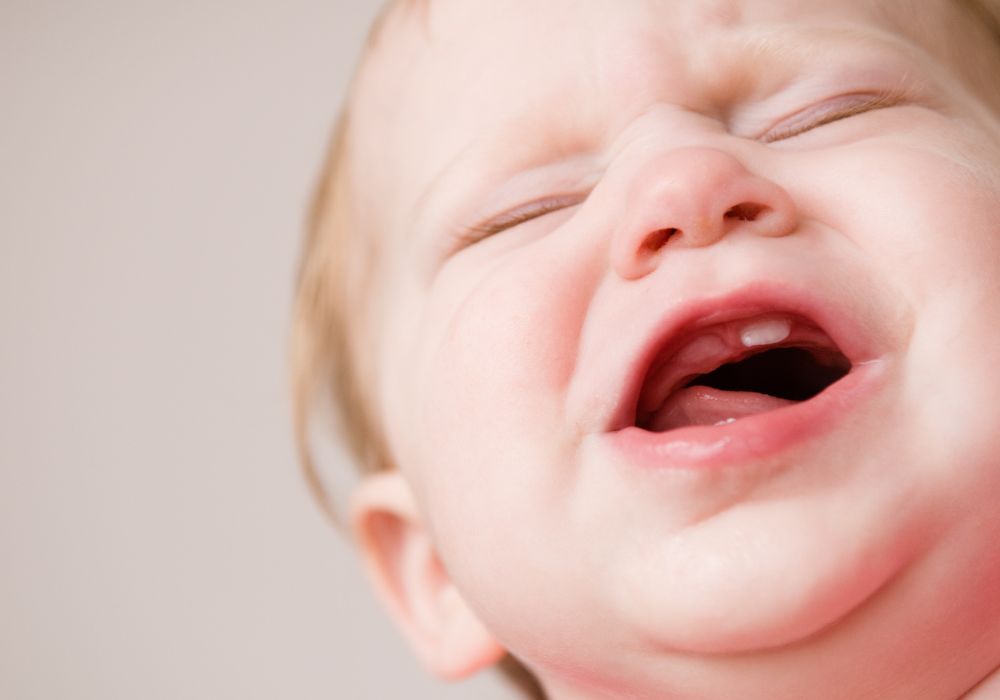
When those little pearly whites start coming loose, parents need to decide what to do with the baby teeth once they fall out or are extracted. Here are some common options:
Throw Them Away
Lots of families simply discard baby teeth once they come out. They may wrap them in tissue and toss them in the trash. Other parents flush them down the toilet.
Throwing away loose teeth is quick and simple. But for some parents, it may feel like part of their child’s young life going into the garbage.
Save Them
Many parents choose to save fallen out baby teeth as keepsakes or for crafts. But be sure to store them properly using sterile containers to prevent decay.
Saving teeth transforms them into mementos. But not everyone has an interest in keeping teeth around the house.
Place Them Under the Pillow
Of course, the beloved tradition of the tooth fairy lets kids trade a lost tooth for money or gifts overnight under their pillow. Parents can play tooth fairy and switch the tooth for treats.
But if parents don’t want the teeth back after playing tooth fairy, they’ll need to discard them eventually.
Let Kids Keep Them
Some kids get very excited about their newfound holes in their smiles. Parents may let children keep their own freshly fallen out teeth as prizes.
Kids can show them off to classmates or teachers. But eventually hygiene becomes a concern if kids handle their old teeth too much.
Mail to the Tooth Fairy
Many charitable organizations provide Tooth Fairy mail programs that allow kids to send lost teeth to the Tooth Fairy. In exchange, the program sends back monetary gifts.
This allows families to honor the tradition without parents directly taking teeth. Check your local children’s hospital for tooth fairy mail programs.
Donate for Research
As discussed earlier, some families choose to donate children’s baby teeth to research programs rather than the trash.
Contact dental schools, universities and tooth bank organizations to ask about donating if interested.
Add to a Tooth Loss Chart
Recording baby tooth loss on a special chart helps kids learn about dental development stages. Mark each tooth and date it was lost.
Charts allow kids to proudly display their new smiles as they grow. And it teaches them which permanent teeth emerge next.
Give to the Dentist
Some dental offices collect baby teeth that kids lose or have extracted. They may use them for dental education purposes, bite alignment models or tooth structure demonstrations.
Ask your family dentist if they accept donated baby teeth at your child’s next visit.
Key takeaway: Parents can preserve baby teeth, have kids trade them to the tooth fairy, donate them or simply discard lost teeth.
Frequently Asked Questions About Baby Teeth
Here are answers to some common questions parents have about baby teeth:
How can you tell if a lost tooth is a baby tooth versus permanent tooth?
Baby teeth are smaller and whiter than permanent adult teeth. Baby teeth have thinner enamel and distinct short, spindly roots designed for falling out.
Permanent teeth have thicker dentin layers, larger crowns and longer single roots. Dentists can confirm tooth type from dental records and x-rays if unsure.
What happens if a baby tooth falls out or is knocked out too early?
Premature loss of a baby tooth is fairly common. But it may cause orthodontic issues if permanent teeth shift into the empty space too quickly.
The permanent tooth bud under the gums matures on its own timed schedule. If baby teeth are lost early, the permanent tooth may drift into the gap before fully developed.
This can lead to crooked teeth or bite misalignment. Dentists often fit space maintainers or other appliances to hold the gap until the permanent tooth is ready to erupt.
Can you put a baby tooth back into the socket after it falls out?
No, avoid trying to re-implant a baby tooth into the socket after it falls out. The periodontal ligament fibers anchoring the tooth root have torn away.
Reinserting the tooth will not reattach it – the tooth will simply fall out again. Forcing a lost baby tooth back into position can also potentially damage the permanent tooth developing below it.
Let the gums heal normally after tooth loss and wait for the permanent tooth to emerge on its own. See a dentist if the new tooth eruption seems disrupted.
How much money does the tooth fairy leave per tooth?
The going rate for tooth fairy rewards averages around $5 per tooth in the United States, but practices vary by family. Surveys report the tooth fairy leaves an average of $4.96 for a first lost tooth. The last lost tooth nets around $5.11.
Some parents worry about setting too high a precedent with first teeth. Others want to make a big deal for each fallen tooth. Creative tooth fairies may leave gifts or toys rather than just cash. Kids sometimes request their parents play tooth fairy since they don’t actually want to part with their prized tooth.

